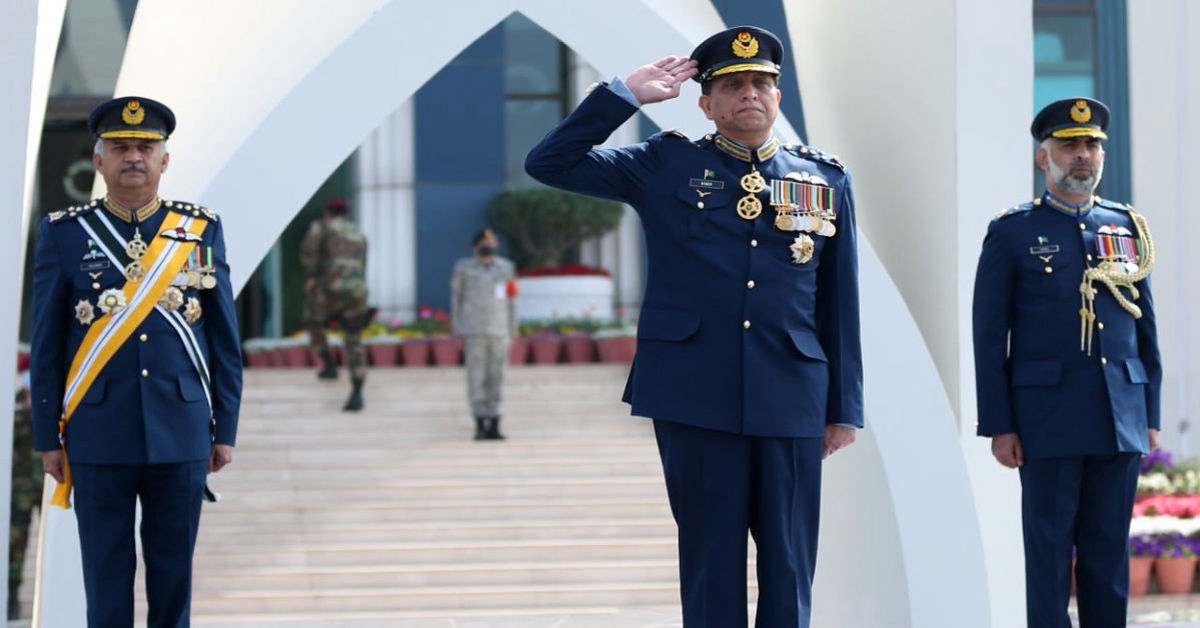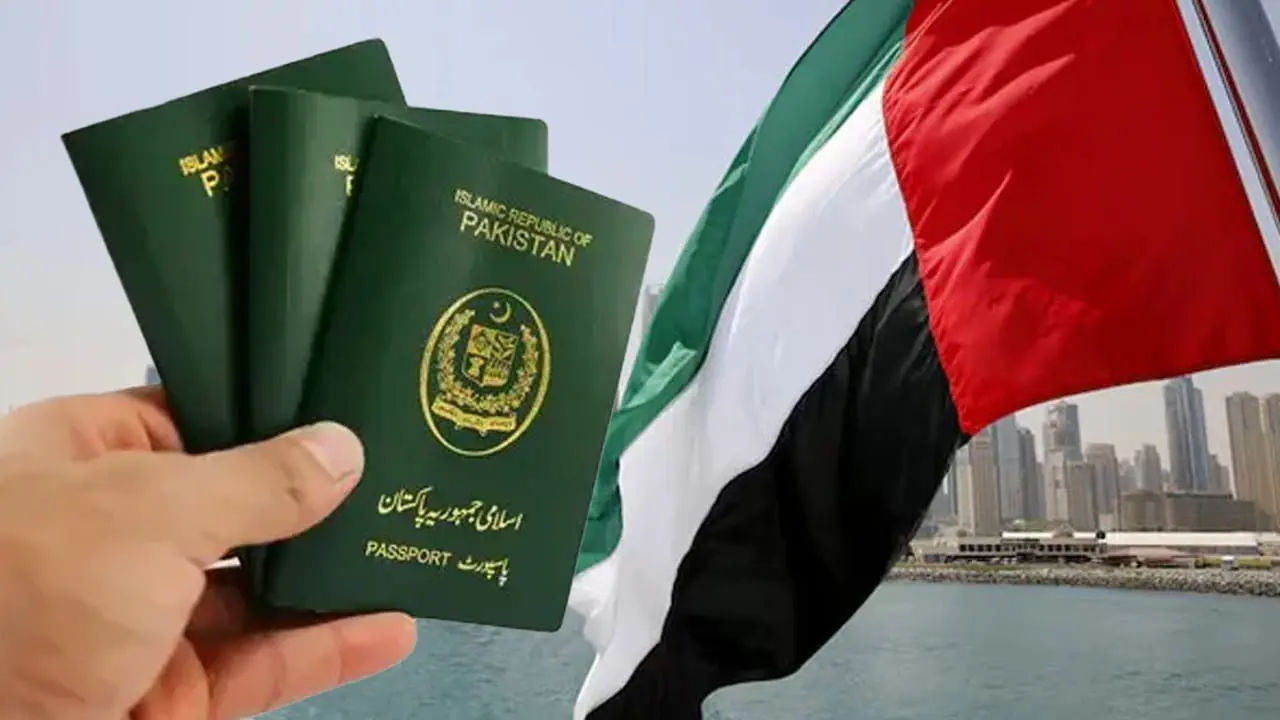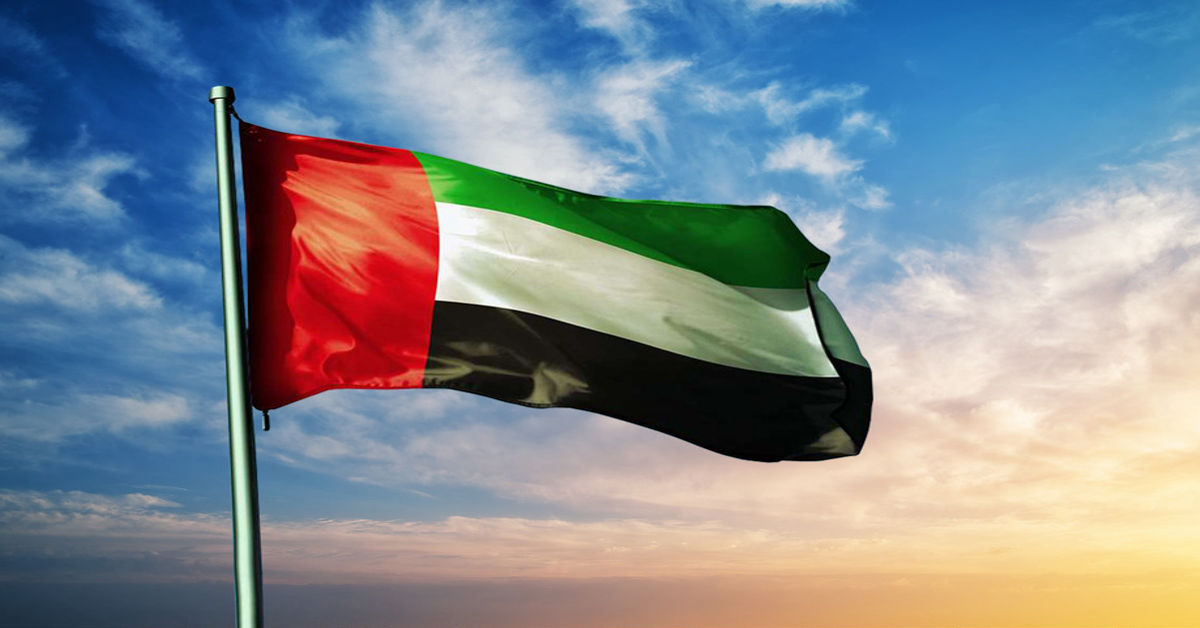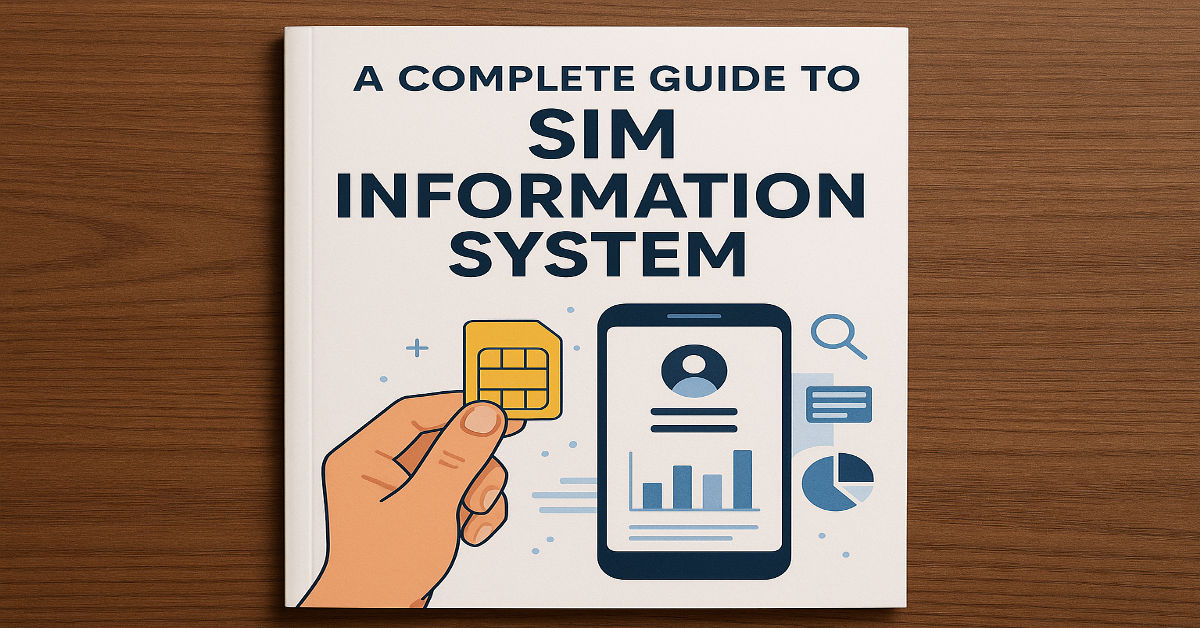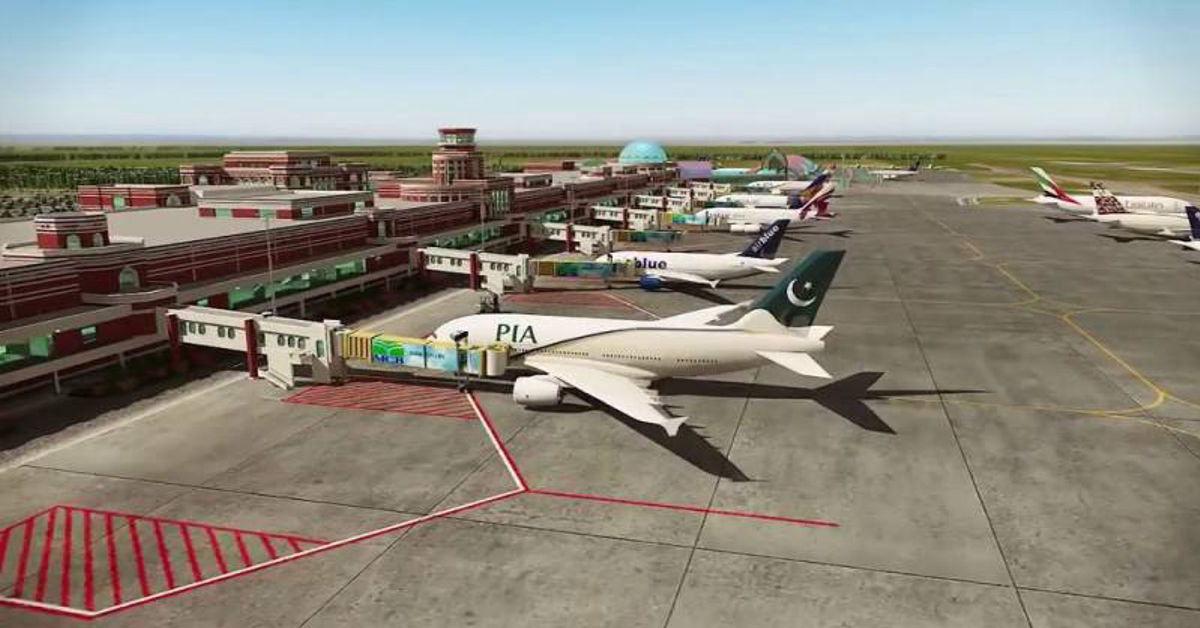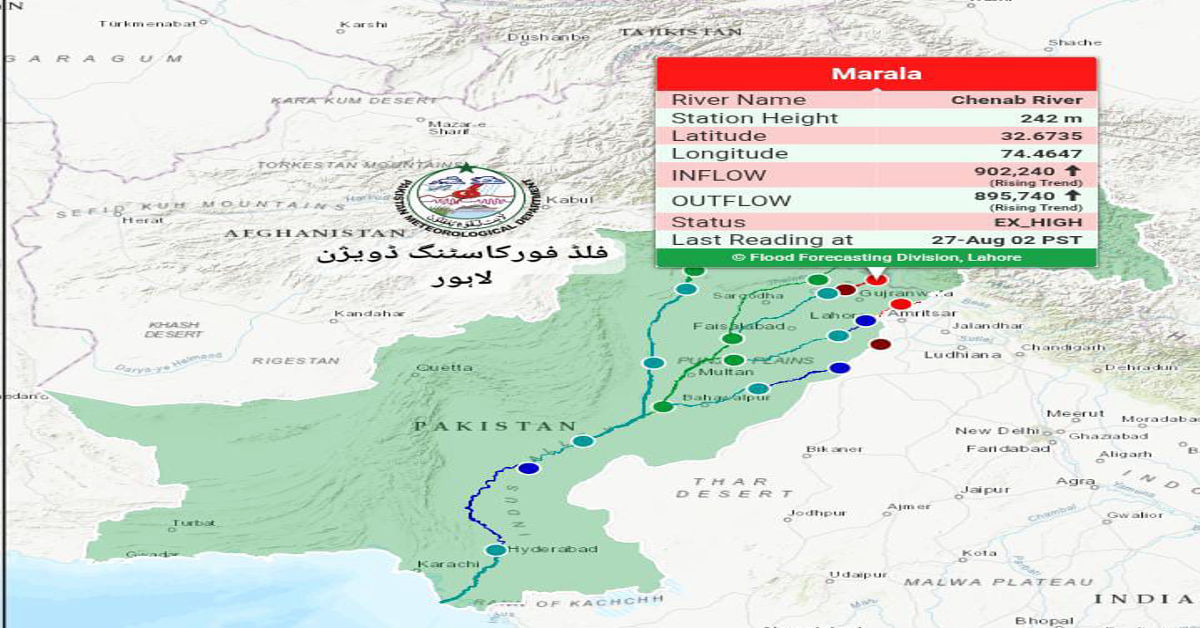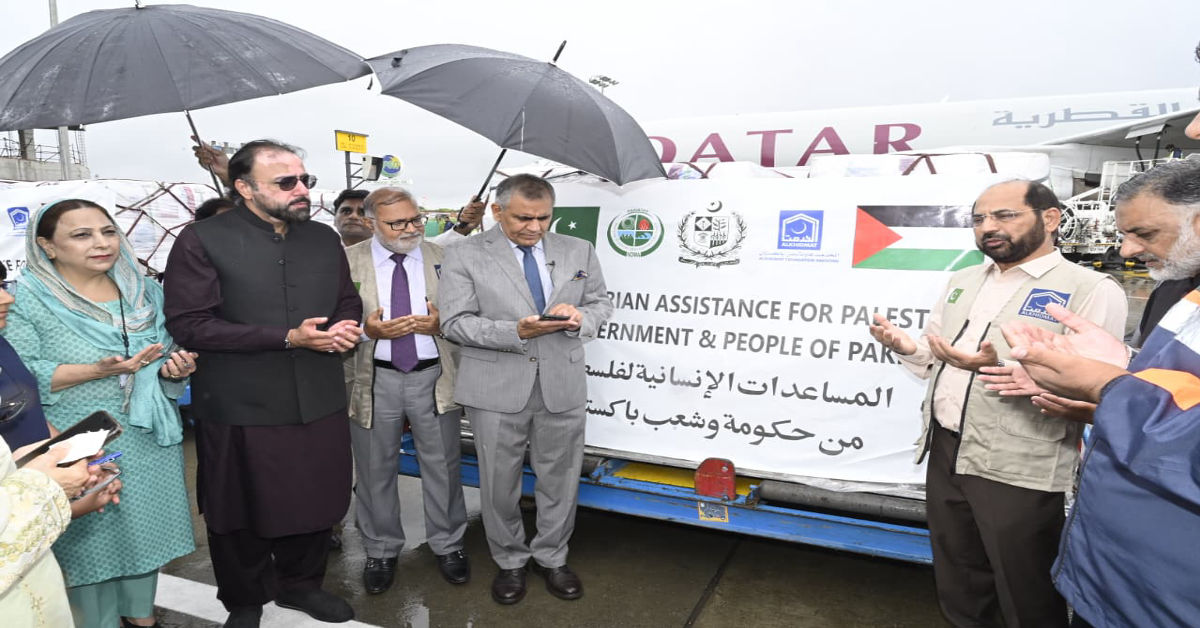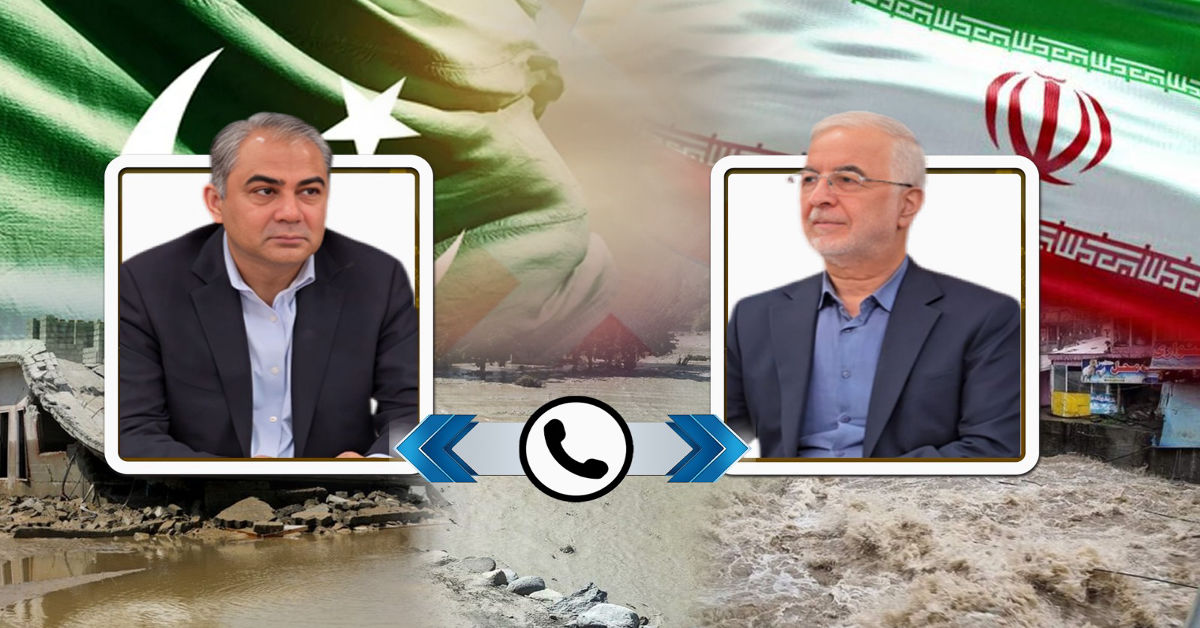
A new player in the Pakistani aviation market is set to transform the industry’s landscape—Air Karachi. The new private airline aims to rejuvenate domestic and international travel using modern aircraft, reasonable fares, and customer service. This is a bold move in a country where air travel has been plagued with scarce choices, old aircraft, and unreliable service. This development not only marks a key moment in the history of commercial aviation in the country, but reflects greater aspirations in the economy to modernize transport systems and improve the connectivity in the geographically and culturally extended country of Pakistan.
Filling the Void in the Market
For several years, Pakistan’s domestic aviation industry has been an underperformer in comparison to the ever-increasing need for an efficient and reliable means of travel. There is inadequate travel between smaller urban areas due to a combination of outdated policies, insufficient funding, and poor management practices. Air Karachi comes into this space at a much-needed juncture, offering a breath of fresh air aimed at revitalizing the sector. By adopting a service-oriented model with a hub in Karachi, which is a strategic center of economic and population activity, the airline seeks to fill major connectivity voids.
Strategic Vision and Mission
The leaders of Air Karachi aim to deliver safe and affordable transportation domestically and, in the future, to internationally connected regional hubs. The airline’s mission is to enhance the experience of domestic flying by offering lower fares compared to existing airlines. Unlike other airlines, Air Karachi prioritizes contemporary aviation techniques and customer-oriented services. The management team is made up of seasoned professionals in international aviation, finance, and logistics. Their shared objective is to integrate international standards, tailored to Pakistan’s distinctive market environment, into the operations of the airline to guarantee its sustainability and success.
Fleet Expansion and Route Network
The core component of Air Karachi’s operational strategy is a modern fleet made up of short and medium-haul aircraft that are fuel-efficient. To kickstart operations, the airline plans to service domestic routes with narrow body jets like Airbus A320s or Boeing 737s, operating on routes from Karachi to Islamabad, Lahore, Quetta and Peshawar. With subsequent growth of the airline, there are plans to service regional international routes connecting Pakistan with countries in the Middle East, Central Asia and South East Asia. There is a significant amount of traffic to and from these countries, particularly from expatriates and business travelers. The new aircraft will have modern features including updated in-flight entertainment systems, greater seating comfort, and enhanced safety protocols.
Economic Impact and Employment Opportunities
The introduction of Air Karachi has significant ramifications for the economy. The new airline will require personnel such as pilots, flight attendants, ground crew, engineers, administrative staff, and numerous other supporting positions. There is an expected increase of hundreds, and possibly thousands, of new jobs in various sectors. Moreover, there is expected to be increased traffic in the related fields of tourism, hospitality, and airport retail services. The increased traffic, along with better flight connectivity, is expected to directly stimulate local economies of previously underdeveloped regions by enhancing trade links, local tourism, and direct foreign investment.
Competitive Advantages and Consumer Appeal
Air Karachi seeks to position itself competitively in the passenger airline market dominated by a few seasoned industry players through service differentiation based on digital innovations, service quality, and a customer-first ethos. Strategic flexible pricing options, loyalty programmers for frequent flyers, and comprehensive digital booking and customer support systems are tailored to target air travelers. The blend of low-cost services and convenience will likely attract a diverse demographic ranging from middle-class families seeking leisure travel to employed and studying professionals commuting for business and educational purposes. Focus on punctuality and operational dependability, which has been consistently unreliable among carrier competitors, will provide Air Karachi with a significant advantage in retaining customers.
Overcoming Regulatory Challenges and Support from the Government
Air Karachi underwent rigorous certification from the Civil Aviation Authority (CAA) of Pakistan prior to commencing flight operations. The airline was granted the operational license after meeting all regulatory, safety, and financial compliance requirements. This outcome indicates the seriousness of its business model. The approval also marks an increasing appreciation by Pakistani policymakers of the need to support credible private operators who have the potential to expand the country’s aviation industry. Within the context of the government’s broader strategy to stimulate public-private partnerships in transport infrastructure, the success of Air Karachi could further aid the removal of restrictions and updates to the aviation policy framework.
Developing Airlines Hurdles
Air Karachi has to deal with a number of external challenges that come with the landscape of the aviation sector. For example, global fuel prices are always changing and are an operating expense for newer entrants with less negotiating leverage on fuel procurement. Another fuel purchasing problem is the depreciation of the Pakistani rupee which increases the financial costs for leasing aircraft and importing parts. Furthermore, increased political unrest alongside shifting aviation policies often disrupt operational continuity. Regardless of these external challenges, the airline’s focus on operational efficiency mitigates the impact of these unpredictable factors.
Public Reception and Market Expectations
The news regarding the launching of Air Karachi has gained positive reception from the public. Airline enthusiast groups, social networks, and public opinion polls indicate that there is considerable excitement among millennial and professional travelers who move between cities quite regularly. Many stakeholders believe the airline could be a disruptive entrant that brings competition to a lethargic industry. High expectations are also associated with the customer service, in-flight experience, and operational punctuality areas which have frustrated travelers for decades. Meeting all these expectations is vital to developing brand loyalty and sustaining a favorable market position.
Conclusion
The Air Karachi initiative offers a new glimpse of hope for the aviation industry of Pakistan. The airline has adopted cutting-edge customer service systems with technology that is up to date and at the same time financially considerate, hence, Air Karachi stands to not only compete but also prosper in an industry teeming with competition. It has the ability to be a beacon of hope and development for the country by integrating diverse cultures and communities, providing employment opportunities and enhancing cross-border movements. With smart management strategies in place, Air Karachi stands to transform the aviation landscape and transportation systems of the country, offering an array of services tailored towards the needs of the citizens.





